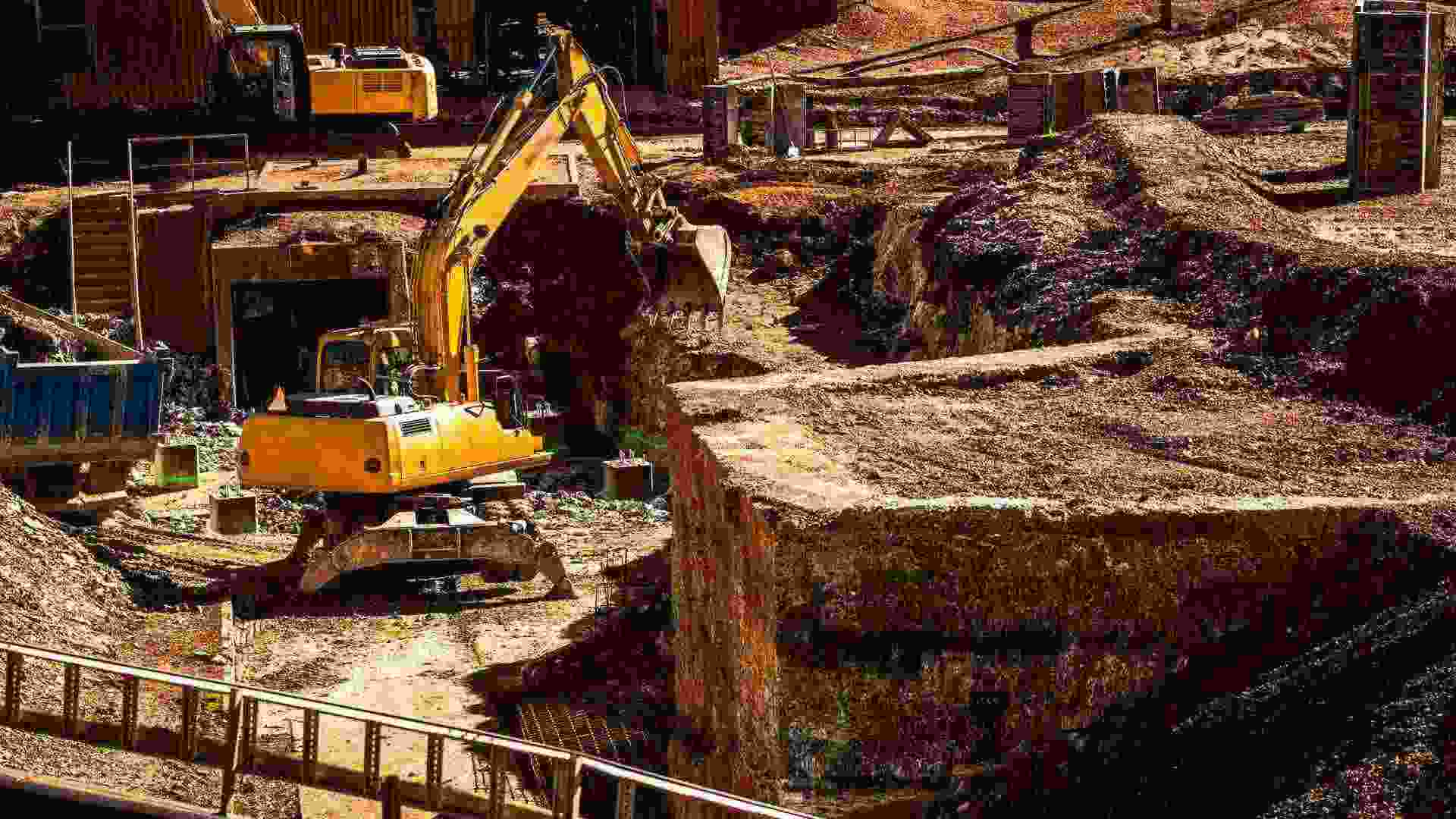Predictive maintenance is a strategy that involves using data and analytics to predict when equipment is likely to fail or require maintenance. By implementing predictive maintenance, operations managers in the mining industry can reduce downtime and improve the reliability of equipment.
Key Elements in implementing a successful Predictive Maintenance Program at Mine sites
- Data collection: To implement predictive maintenance, operations managers must first gather detailed data on the equipment being used. This can include data on usage patterns, such as the number of hours the equipment is in operation, the workload it is subjected to, and the environmental conditions it operates in. It can also include performance data, such as the temperature of the equipment, vibration levels, and the pressure and flow rates of the fluids used. Additionally, data on the maintenance history of the equipment, including previous repairs and the replacement of parts, must be collected.
- Data analysis: Once data has been collected, operations managers can use advanced analytics tools and techniques to identify patterns and trends that may indicate an impending failure. For example, they might look for signs of wear and tear on equipment, such as increasing vibration levels or decreasing performance. They might also analyze patterns in the maintenance history, such as a high frequency of repairs or replacements of certain parts.
- Predictive models: Operations managers can use statistical models and machine learning algorithms to predict when equipment is likely to fail or require maintenance. They might use linear regression to predict the remaining useful life of a piece of equipment, or a decision tree to predict when equipment might require maintenance based on a set of inputs.
- Maintenance planning: Based on the predictions made by the predictive model, operations managers can develop a maintenance plan that ensures equipment is serviced before it fails. For example, if a predictive model predicts that a particular piece of equipment is likely to fail in the next six months, the maintenance plan might schedule a full inspection of the equipment in three months to catch any issues before they lead to a failure.
- Tracking and reporting: To ensure the success of the predictive maintenance program, operations managers should track the performance of the equipment and the effectiveness of the maintenance interventions. They might use metrics like the mean time between failures (MTBF) and mean time to repair (MTTR) to measure the performance of the equipment and track the costs and benefits of the maintenance interventions. Additionally, they should provide regular reports to management on the status of the predictive maintenance program, including any issues that arise and the steps being taken to address them.
.jpeg)
Predictive Maintenance tools and technologies required in the Mining industry
- Condition monitoring sensors: These sensors can be installed on equipment to collect detailed data on performance and usage. For example, vibration sensors can be used to detect abnormal vibrations that may indicate a problem with the equipment, while temperature sensors can monitor the temperature of critical components. Additionally, sensors for monitoring fluid flow, pressure, and other operational parameters can also be used. These sensors typically use technologies such as accelerometers, thermocouples, and pressure transducers to collect data.
- Predictive maintenance software: There are many software options available that can help operations managers to implement predictive maintenance. Some examples of these tools include software for data collection, such as SCADA systems, which can be used to automate the collection of sensor data. Additionally, there are analytics tools for data analysis, such as Machine Learning software that can be used to identify patterns and trends in sensor data, and software for maintenance planning, such as CMMS (Computerized Maintenance Management System) that can be used to schedule and track maintenance tasks.
- Asset management systems: These systems can be used to track and manage equipment, including maintenance schedules and history. An example of such a system is an enterprise asset management (EAM) system, which can be used to track the location, condition, and maintenance status of equipment. Additionally, it can be used to schedule and track maintenance tasks, such as inspections, repairs, and replacements, and to record the maintenance history of the equipment. It can also be used to generate reports and alerts, such as notifications when equipment is due for maintenance, and to track the costs of maintenance and repair.
By implementing predictive maintenance in the mining industry, operations managers can reduce downtime and improve the reliability of equipment. This can lead to cost savings, improved productivity, and a more efficient and profitable operation. It is important to have a clear understanding of the equipment being used and the data needed to support predictive maintenance, as well as the tools and technologies needed to collect and analyze data effectively. It is also important to be flexible and adaptable, as predictive maintenance is an ongoing process that requires regular review and adjustment.
It's this need for flexibility that makes Grid such a great candidate for a platform on which to build a predictive maintenance program. Because it's a no-code platform, Grid adapts itself to any operational workflow that your mine might be using. The companion app which is used for data entry can work offline, in remote areas, and is, on average, 60% faster than paper logs and spreadsheets. The data visualization options of the inbuilt dashboard builder are also conducive to tracking the important metrics above, like MTBF and MTTR.
If you'd like to speak with an expert to know more about how to set up a predictive maintenance program for your company, don't hesitate to reach out!


.png)









